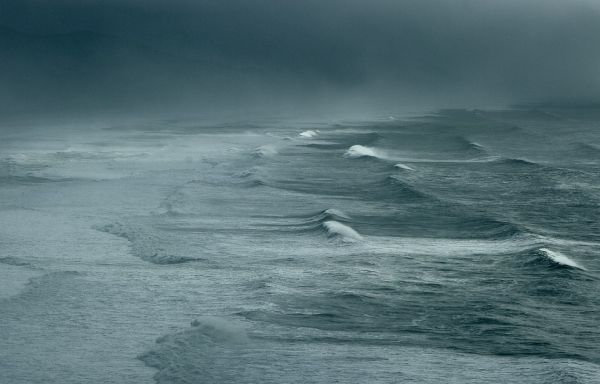An analysis of sediment cores from the Bering Sea has revealed a recurring relationship between warmer climates and abrupt episodes of low-oxygen “dead zones” in the subarctic North Pacific Ocean over the past 1.2 million years.
The new study, led by researchers at UC Santa Cruz, was published June 2 in Science Advances. The findings provide crucial information for understanding the causes of low oxygen or “hypoxia” in the North Pacific and for predicting the occurrence of hypoxic conditions in the future.
“It is essential to understand whether climate change is pushing the oceans toward a ‘tipping point’ for abrupt and severe hypoxia that would destroy ecosystems, food sources, and economies,” said first author Karla Knudson, who led the study as a graduate student in Earth sciences at UCSC.
The researchers based their findings on an analysis of deep sediment cores from a site in the Bering Sea. Over long periods of time, sediments are deposited and build up on the seafloor. The activity of organisms living in the seafloor sediments usually disrupts and mixes them as they accumulate, but if hypoxia has killed those organisms, an orderly pattern of layers is preserved. Thus, scientists can find a record of past hypoxic events in the form of these layered or “laminated” sediments in cores drilled from the seafloor.
Read more at University of California - Santa Cruz
Photo Credit: NWimagesbySabrinaEickhoff via Pixabay


